Innovations in Product Offerings
Innovative product development within the honey market is driving growth in Europe. Manufacturers are increasingly diversifying their product lines to include flavored honey, honey-infused beverages, and health supplements. This diversification caters to evolving consumer preferences and enhances market competitiveness. For instance, the introduction of honey-based energy drinks has gained traction, appealing to health-conscious consumers seeking natural energy sources. Furthermore, the market for specialty honeys, such as Manuka and Acacia, has expanded, with sales projected to increase by 20% over the next five years. Such innovations not only attract new customers but also encourage existing consumers to explore different honey varieties, thereby stimulating overall market growth.
Health Consciousness Among Consumers
The increasing awareness of health and wellness among consumers appears to be a pivotal driver in the honey market. As individuals seek natural alternatives to processed sugars, honey is often perceived as a healthier option due to its potential health benefits, including antioxidant properties and natural energy sources. In Europe, the demand for organic and raw honey has surged, with sales growing by approximately 15% annually. This trend indicates a shift towards healthier eating habits, which is likely to bolster the honey market further. Additionally, the rise in health-related information available through various media channels has educated consumers about the advantages of honey, thereby enhancing its appeal as a natural sweetener.
Regulatory Support for Beekeeping Practices
Regulatory frameworks in Europe are increasingly supportive of sustainable beekeeping practices, which is likely to benefit the honey market. Governments are implementing policies aimed at protecting bee populations and promoting responsible beekeeping. For instance, initiatives that provide financial assistance to beekeepers for adopting sustainable practices are becoming more common. Such support not only ensures the health of bee populations but also enhances the quality of honey produced. As a result, the honey market may experience growth driven by an increase in high-quality honey supply, which aligns with consumer preferences for premium products. This regulatory environment fosters a sustainable ecosystem for honey production, potentially leading to long-term market stability.
Rising Interest in Local and Artisanal Products
The honey market in Europe is experiencing a notable shift towards local and artisanal products. Consumers are increasingly inclined to support local beekeepers and small-scale producers, driven by a desire for authenticity and quality. This trend is reflected in the growing popularity of farmers' markets and local food festivals, where artisanal honey is prominently featured. Reports indicate that sales of locally sourced honey have increased by 25% in recent years, suggesting a strong consumer preference for products with a local origin. This inclination not only supports local economies but also enhances the perceived value of honey, thereby positively impacting the honey market.
Growing Popularity of Honey in Culinary Applications
The culinary landscape in Europe is witnessing a growing trend of incorporating honey into various dishes, which is positively influencing the honey market. Chefs and home cooks alike are increasingly using honey as a natural sweetener and flavor enhancer in both savory and sweet recipes. This trend is supported by the rise of cooking shows and social media platforms that showcase innovative recipes featuring honey. Market data suggests that the use of honey in gourmet cooking has increased by 30% over the past few years. As culinary enthusiasts continue to experiment with honey, its versatility is likely to drive demand, thereby contributing to the overall growth of the honey market.


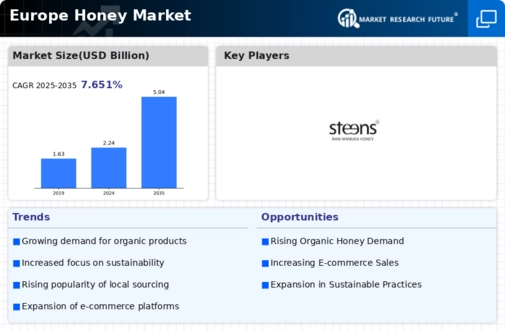
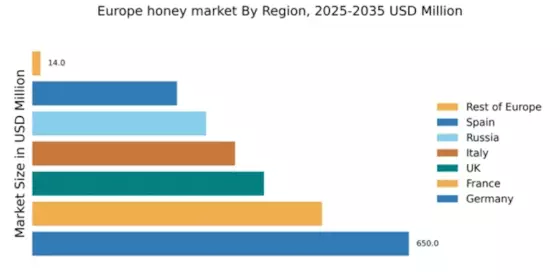
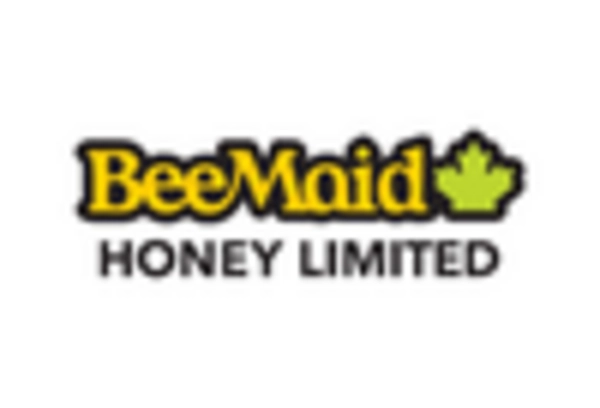
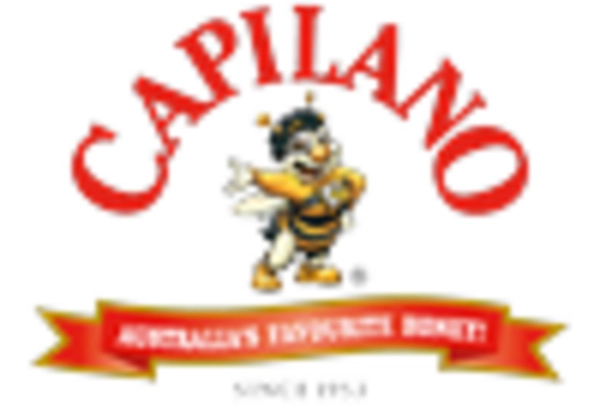
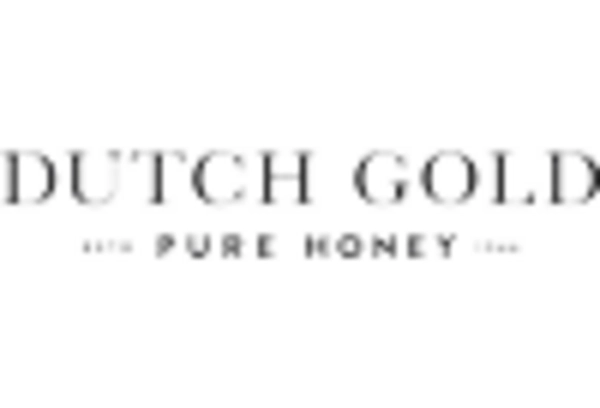
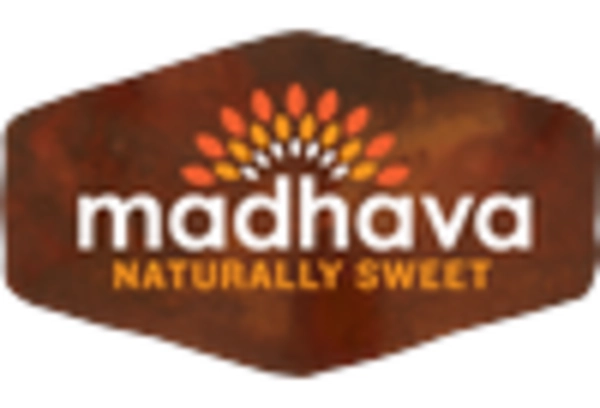
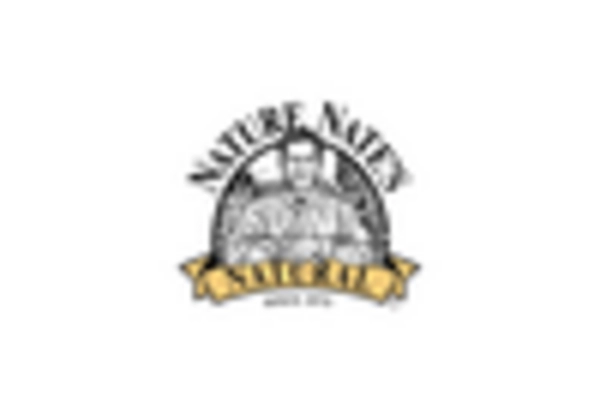
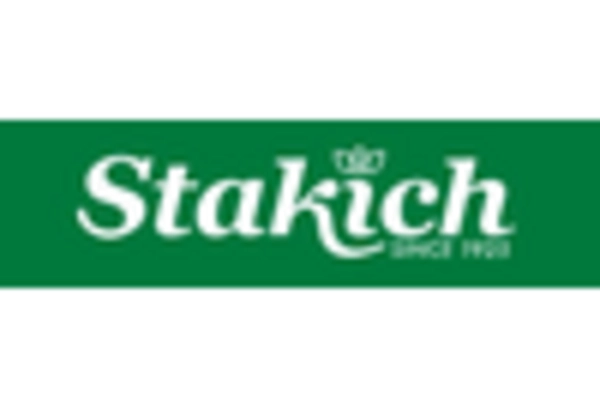








Leave a Comment